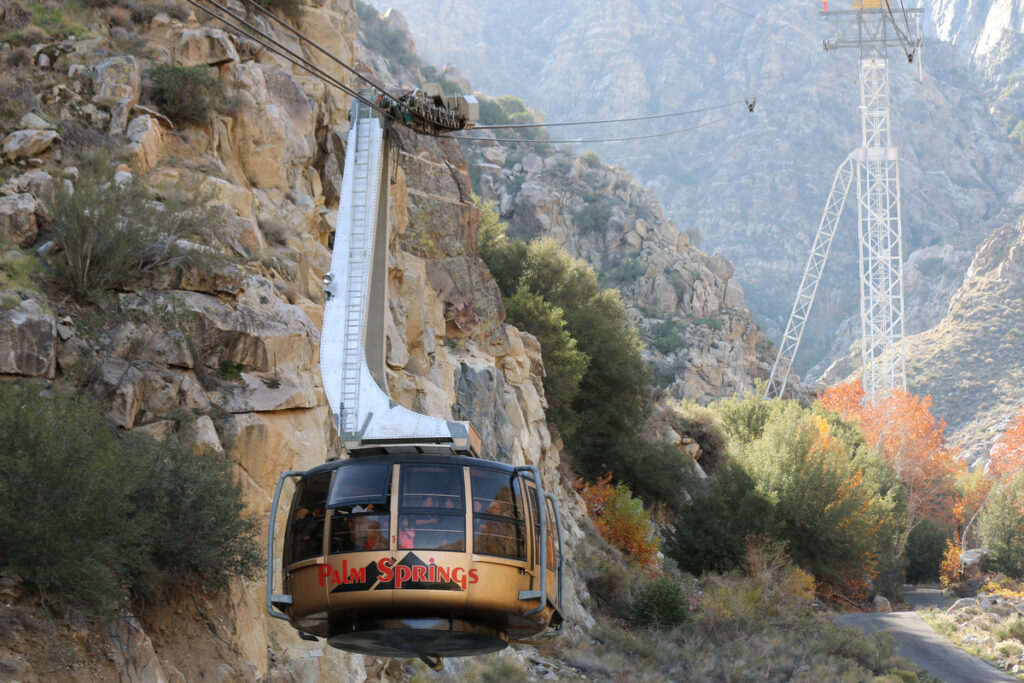PALM SPRINGS, Calif. (defeo.biz) — In talking about the Palm Springs Aerial Tramway, it’s difficult to know where to begin.
Should the conversation start off with a discussion of the incredible view the tramway affords riders? Or, should the focus be on the engineering marvel that the tramway is?
It’s probably a little of both.
When it was first envisioned in the 1930s, the only way to reach the summit of San Jacinto Peak from the floor of the Coachella Valley was on foot. Still, that didn’t deter Francis F. Crocker, the man who first envisioned the tramway from dreaming big.
While the link was first proposed in the midst of the Great Depression, work on the project was slowed by both World War II and the Korean War, though planning work continued through the 1950s.
But, in the 1960s, the project saw new life.
Construction of the connection is as impressive as the tramway itself. Since there was no road to the top, everything had to be lifted to the summit via helicopter.
During the 26-month-long construction, helicopters flew approximately 26,000 flights. Like many other projects over the years, some have called the tramway the “Eighth Wonder of the World.”
Since the tramway opened, more than 18 million people have taken the ride to the top. Today, more modern tramcars, unveiled in September 2000, feature a rotating floor, giving riders a 360-degree view of Chino Canyon.
At the top, riders can enjoy the views of Coachella Valley below or explore Mount San Jacinto State Park.
